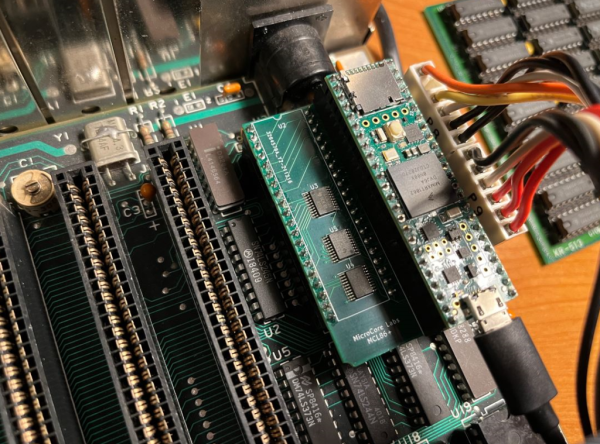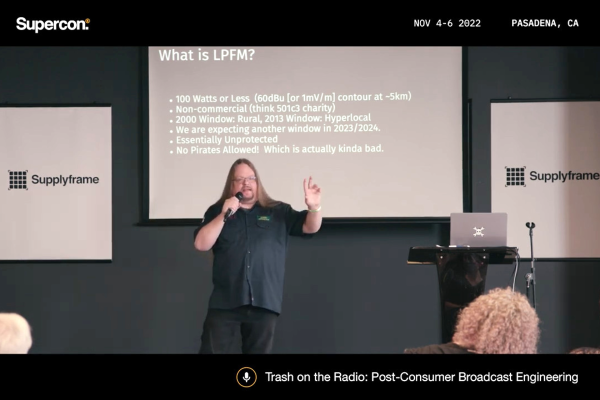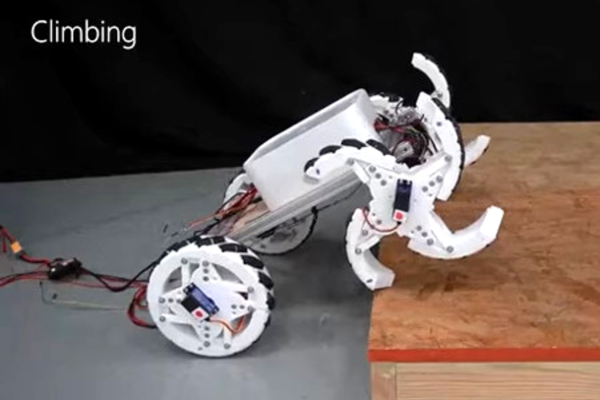When you’re planning an event with 15,000 hackers in a tight space these days, the COVID logistics can take the wind right out of your sails. And so the Chaos Computer Club decided, for one more year, to put aside plans for the traditional year-end Chaos Communications Congress. In it’s place this year? Everyone is doing their own thing, together but apart, for the “Dezentrale Jahresendveranstaltungen”.
Some local clubs are putting on local events, some of them have talk streams, and it’s all happening everywhere and at once. If you’re not near one of the roughly 30 locations in Europe that are doing something live – check out the streams. But be warned, there’s a lot to process!
Maybe it’s best to start with the schedule, where you can see what’s coming up next. Live streams are going on throughout, until Dec 30. If you missed a talk, you can check out the pre-release versions on Relive, but note that start times and end times are approximate, so you might need to seek around. And once they’re edited and polished up, they’ll show up on the permanent event playlist, which is still just getting started as we write this.
Right now, we’re watching a talk in German about how to program laser shows, but yesterday there were some great talks on subjects as varied as the history of the C language, how perimeter cybersecurity is dead, how to find the Norwegian prime minister in an “anonymous” dataset, and how Hackaday friend [Dave Darko] made his LED dodecahedron that he was showing off at Supercon.
In short, there’s a lot going on. Check it out.


















